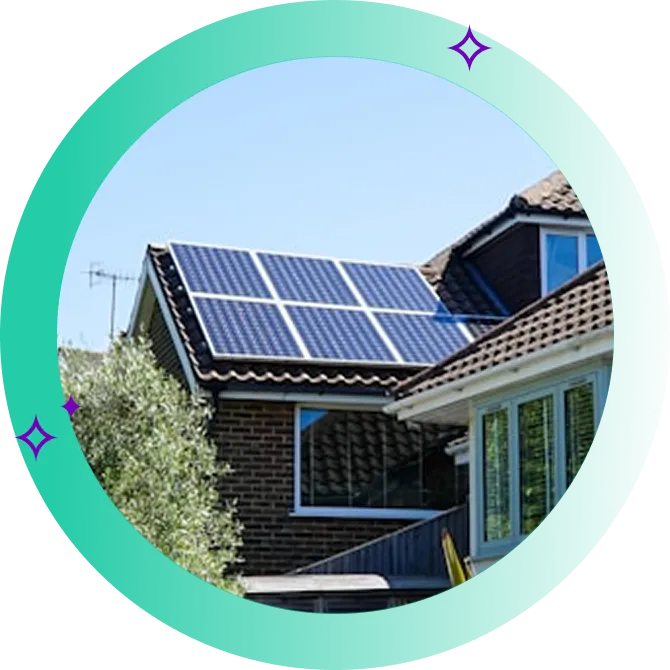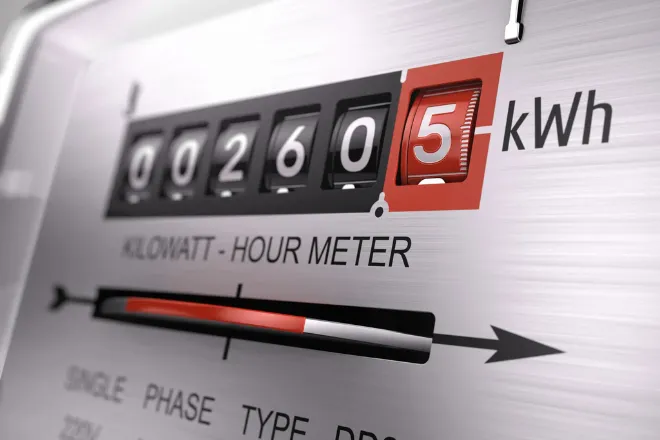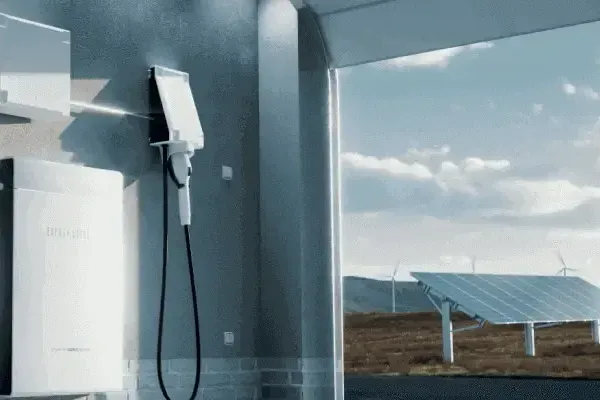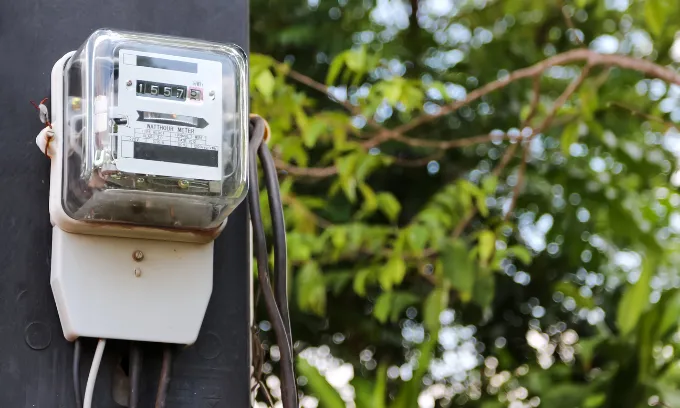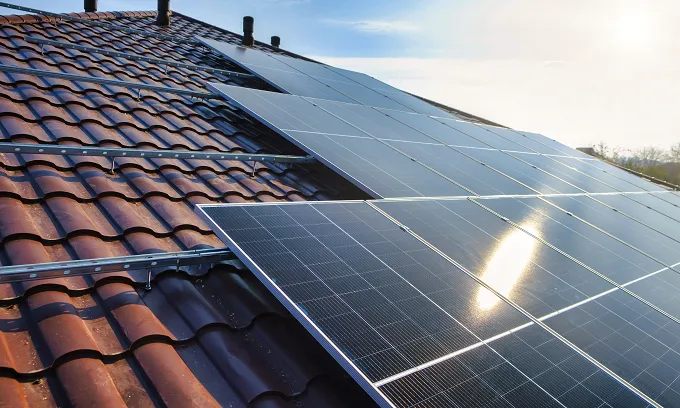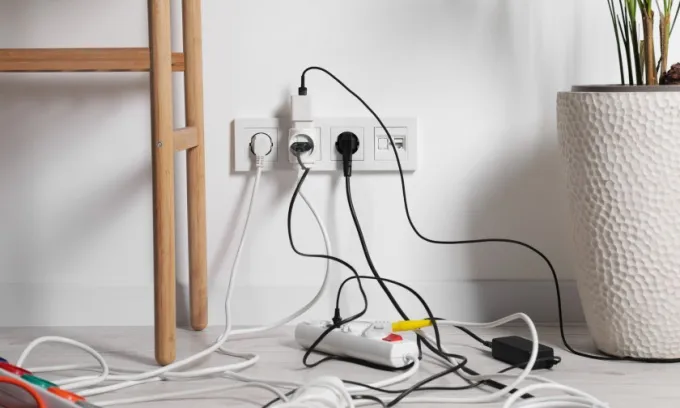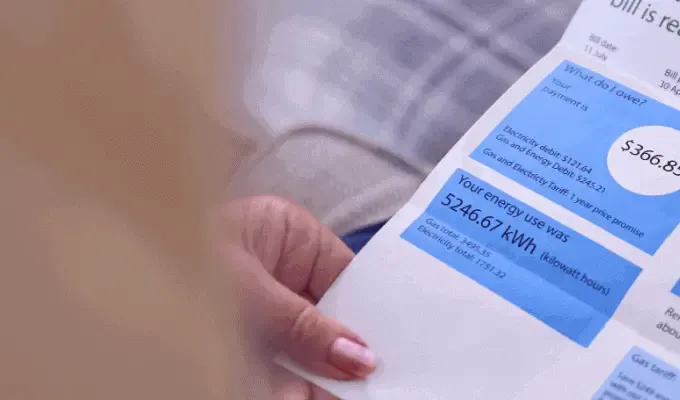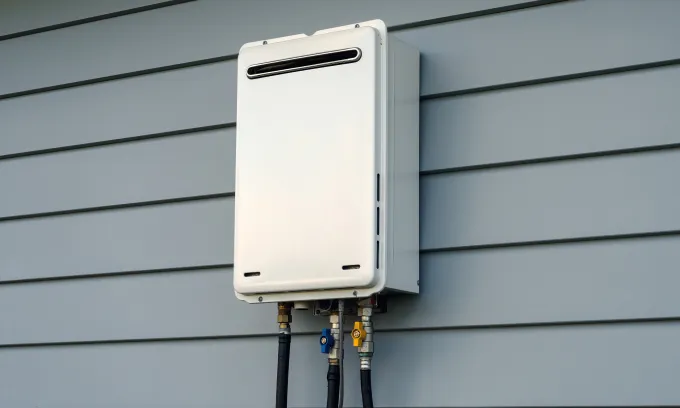Solar feed-in tariffs in SA explained
In South Australia (SA), more than half of homes are equipped with rooftop solar, with over 400,000 installations.
While rooftop solar systems don’t come cheap, any excess solar generation can be sold through a solar feed-in tariff (FiT).
Solar FiTs, also known as a solar buy-back scheme, refers to a bill credit customers can earn for every kilowatt hour (kWh) of excess solar exported to the grid.
Solar FiTs are a financial incentive to get Aussies exporting more excess solar to the grid. Exported solar stabilises the grid when it’s strained during sudden surges in electricity demand. But for customers, this is an attractive opportunity to reduce future power bills.
Solar FiTs are one of many features on many electricity plans. With most electricity retailers selling plans with a FiT, narrowing it down to one can be tricky.
What are the best solar feed-in tariffs in SA?
Below are some of the highest FiTs available on in SA, according to Canstar's database.
Provider | Plan name | Est. annual cost (inc. all discounts) | Est. annual cost (ex. conditional discounts) | Reference price comparison (Basic Plan Information) | Solar feed-in tariff (c/kWh)* | General usage charges (c/kWh)* | Supply charges (c/day)* |
|---|---|---|---|---|---|---|---|
ENGIE | SA _ENGIE Solar Elec | $2,301 | $2,301 | Equal to | 10c/kWhfor the first 8kWh per day, 4c/kWh thereafter | 46.07c to 48.37c | 125.34c |
Alinta Energy | SolarBalance Go | $2,301 | $2,301 | Equal to | 9c/kWhfor the first 10kWh per day, 3c/kWh thereafter | 46.15c | 124.63c |
Energy Australia | Solar Max | $2,301 | $2,301 | Equal to | 8c/kWhfor the first 10kWh per day, 3c/kWh thereafter | 46.18c | 124.3c |
AGL | Residential Solar Savers - New To AGL | $2,209 | $2,209 | 4% less | 8c/kWhfor the first 10kWh per day, 2c/kWh thereafter | 45.03c | 111.52c |
Who offers the best solar feed-in tariffs in SA?
ENGIE currently has one of the best solar feed-in tariffs in SA (on our database).
Eligible customers will receive 10c/kWh for the first 8kWh of solar exported per day before receiving a rate of 4c/kWh.
Is there a minimum solar feed-in tariff in SA?
There is no longer a set minimum solar feed-in tariff in SA.
Is there a premium solar feed-in tariff in SA?
Customers with eligible solar systems connected before September 30, 2011 may receive a premium feed-in tariff set by SA Power Networks.
However, customers already on this tariff will continue to receive it until it expires on July 1, 2028.
How do I know what my solar feed-in tariff is?
Your solar feed-in tariff (FiT) rate (per c/kWh) is found on your energy bill under the summary charges section.
Your FiT will also be listed on your plan’s energy fact sheet. Energy fact sheets are also known as Basic Product Information Documents (BPIDs) in SA, NSW and QLD.
On the results page of our energy comparison platform, a plan’s solar FiT will be listed as a bullet point.
Important things to know about solar feed-in tariffs in SA
Here’s a handful of things to consider before selecting an electricity plan with a FiT.
Types of solar feed-in tariffs in SA
There are two types of solar FITs you’ll come across: fixed solar FiTs and variable solar FiTs.
A fixed solar FiT means the rates remain the same, regardless of how much excess solar is exported or the times you export it. Typically, this is the most common type of FiT you’ll see.
A variable solar FiT means the rates can vary based on the volume of excess solar exported and the hours you export it:
- Variable solar FiTs may give you access to higher rates for a fixed amount of excess solar exported per day. Once this figure is surpassed, expect the rates to drop.
- Variable solar FiTs may also offer you different rates depending on the hours your system exports excess solar to the grid. They are also called time-varying solar FiTs.
Mixing the two FiT types can result in an inaccurate estimation of your potential FiT savings. Consequently, you may be left with a bill that was higher than expected.
A plan’s FiT and all its details are clearly explained on its BPID. On the results page of Canstar’s comparison platform, you can access a plan’s BPID by clicking on the ‘Basic Plan Information’ prompt.
Duration of solar feed-in tariffs in SA
If an electricity plan with a solar FiT has an explicit contract length, all of its features, from discounts to FiTs, will expire.
If you want to enjoy the same (or better) solar FiT rates, frequently review your plan before it reaches its expiry date.
Solar generation in SA
Solar FiTs pay you for every kWh of excess solar you funnel back into the grid. If you have a solar system, how much you save will depend on how much solar energy it generates.
Here are two ways to monitor your system’s solar output in real-time:
- Self-install your own power usage monitor: A power usage monitor gives you a top-down view of your system’s solar generation and output. Monitors will differ in cost depending on their brand, size, features and model.
- Install your electricity provider’s app: You may have free access to an app with solar-tracking features. This will differ from provider to provider.
Electricity rates and solar feed-in tariffs in SA
A high FiT is tempting, but it may be compensating for increased base rates on an electricity plan. Do note that there are exceptions to that rule.
On every electricity plan, there are two base charges you’ll see:
- Supply charges: A fixed cost (in c/day) you pay to remain connected to the grid.
- Usage charges: An ongoing cost in cents for every kWh of electricity you use.
A high solar FiT is only valuable if you save more with it than you spend on a plan’s base charges. However, plans with equally high FiTs and base charges will reduce your power bills if you have a large enough rooftop solar system.
Rooftop solar systems are available in sizes between 1.5 kilowatts (kW) and 30kW, with most homes opting for sizes no larger than 13kW. A rooftop solar system’s size can impact how much you save in the following ways:
- If you have a large solar system exporting a large amount of excess solar, a high FiT could save you more than you’re spending on electricity.
- If you have a small solar system, you won’t be exporting much solar, nor will you be earning much on any FiT. A plan with cheaper base rates would be more affordable in the long run.
Only by studying a plan and all its features can you determine any potential savings from a FiT.
Solar payback period in SA
A solar payback period refers to the time taken for potential FiT savings to make up for the cost to buy and install a rooftop solar system. The more you spend, the longer the payback period.
In SA, you can expect to see an average payback period of four to five years for most rooftop solar systems.
However, payback periods can differ greatly based on how much you’re willing to spend (or have spent) on your system.
For example, the size, make and model of these components generally reflect most of your upfront spend:
- Solar panels
- Solar inverters
- Solar batteries (optional).
To assess your system’s payback period, it’s critical to include anything that increases or decreases your overall spend.
If you’d like to learn more about rooftop solar, we encourage you to visit our solar guide.
Keep in mind that all rooftop solar systems must be installed by an accredited solar installer for a fee.
If you’re ready to consult a licensed installer, you can visit our Best Solar Installers guide. Canstar carefully reviews and rates some Australia’s best solar installers, surveying Aussies nationwide for their first-hand feedback.
Self-consumption of solar in SA
Usage charges are much higher than a solar FiT on almost all electricity plans. If you opt to use your excess solar to power your home, you’ll save more money by skipping usage charges altogether.
If you want to rely less on grid-drawn electricity, your solar system should be big enough to meet your basic energy needs at home. In extreme cases, you can also sever your connection to the grid if your system is large enough to independently power your home.
As discussed in our guide above, installing a power usage monitor or your provider’s app (if any) can help you accurately assess your energy needs and wants.
However, larger systems will generally cost more than their smaller counterparts.
FAQs about solar feed-in tariffs in SA
For most people, a solar feed-in tariff is only worth it if it generates bill savings. As discussed, using excess solar instead of exporting it could save you much more.
But whether a solar feed-in tariff is truly worth it will depend on your situation. We recommend following our advice in the guide above
In SA, there are solar-specific products, some of which offer higher feed-in tariffs. While these plans can sound great on paper, it’s worth checking out the full details directly with each retailer, as these plans may not always be publicly listed.
Solar-specific deals may require certain conditions to be met. Eligibility may also depend on signing up during a promotional period.
According to Solar Choice, the average cost of a 10kW solar system in Adelaide is $7,570 as of September 2025.

